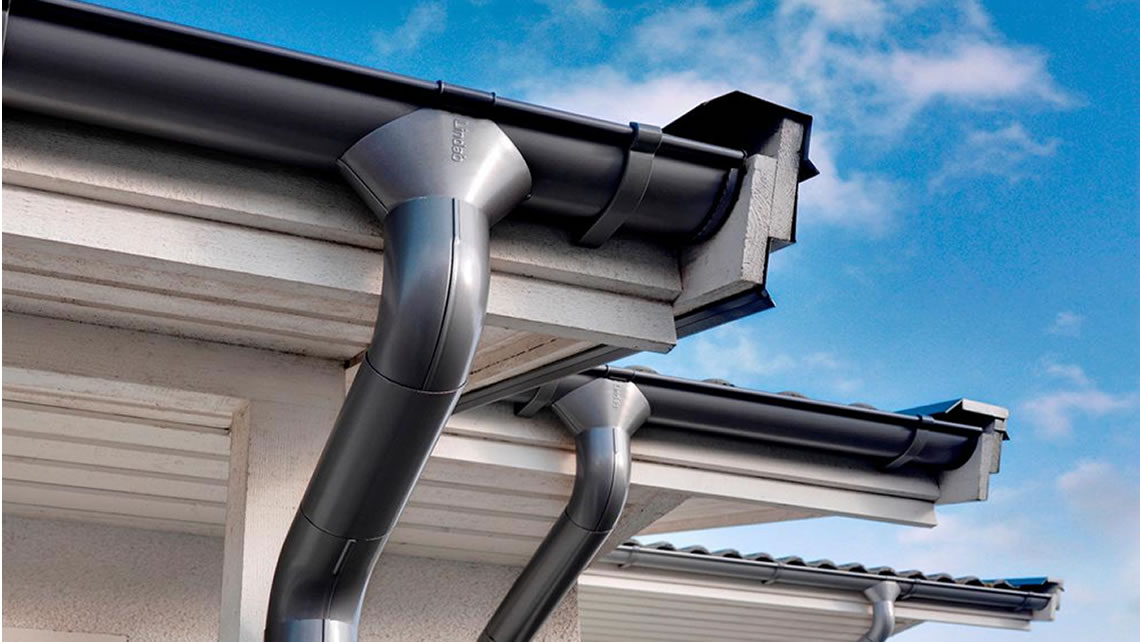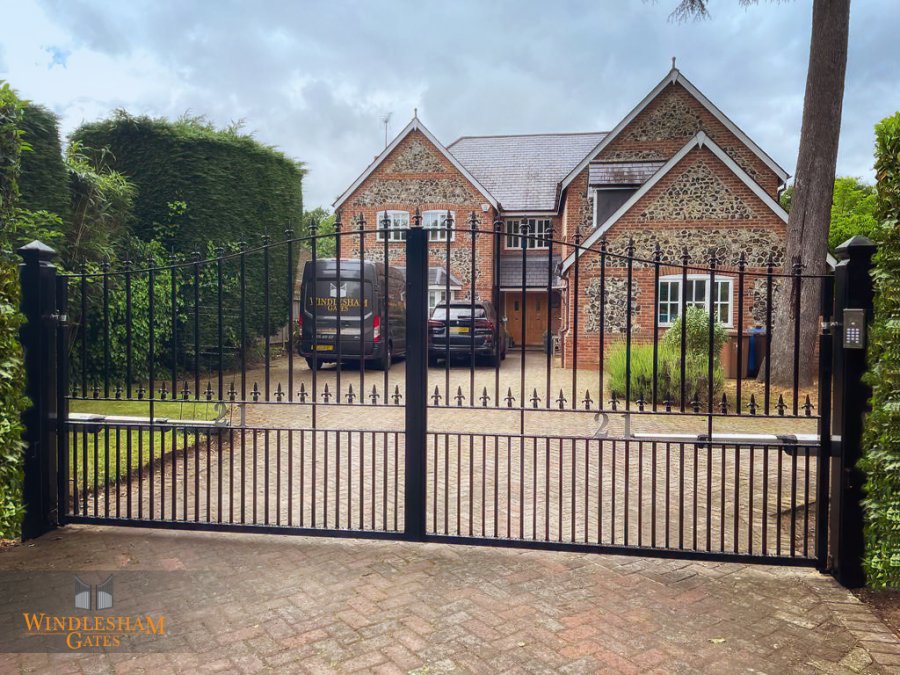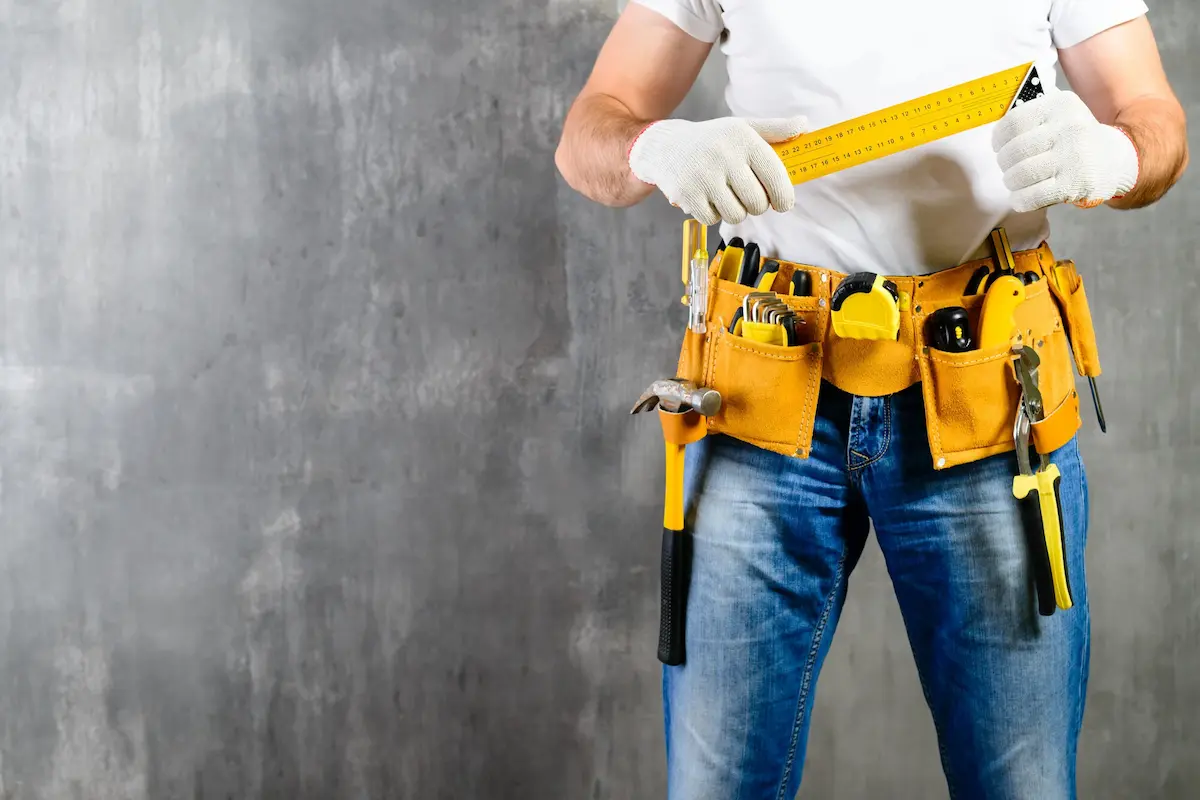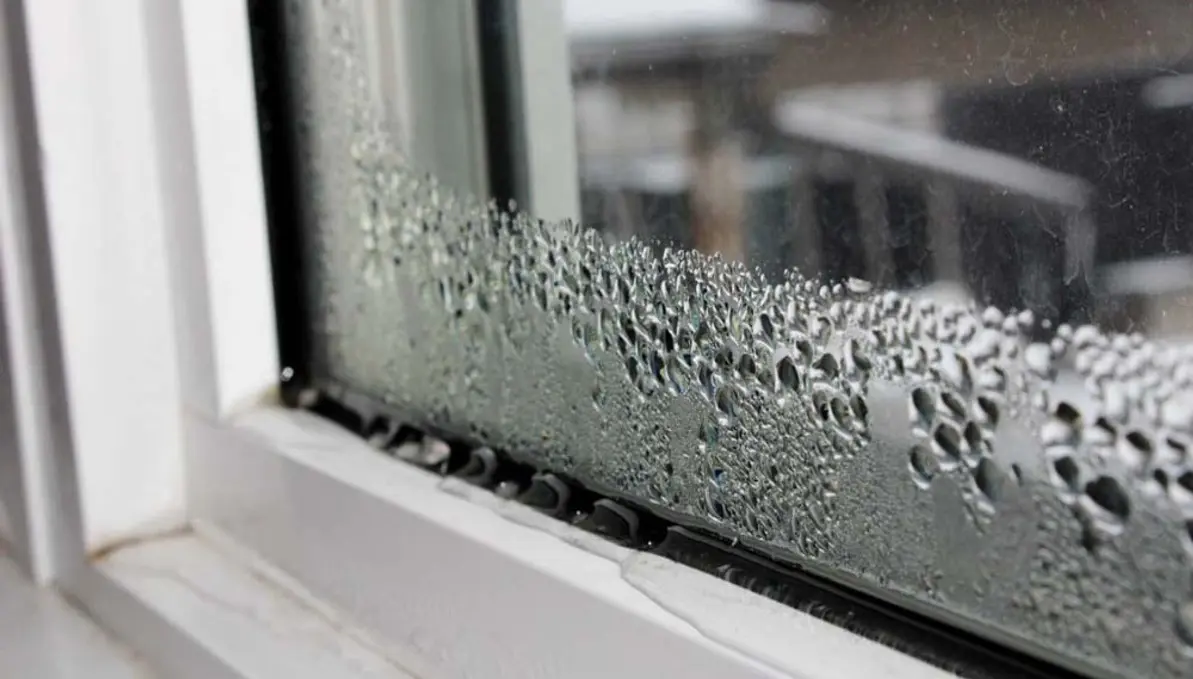When it comes to maintaining and protecting your home, steel guttering plays a crucial role that often goes unnoticed.
Yet, it is an essential part of your home’s exterior, directing rainwater away from your foundation and preventing potential water damage.
What is Guttering?
Guttering refers to the system of components designed to collect and channel rainwater away from your home. It consists of gutters, downspouts, and hangers.
Gutters are the horizontal channels attached to the edge of your roof, while downspouts are the vertical pipes that carry the water down to the ground. Hangers provide support and attachment for the gutters.
Different materials are used in manufacturing guttering, including aluminium, vinyl, copper, and steel. Each material has its own advantages and disadvantages.
Aluminium is lightweight and resistant to corrosion, but it may dent easily. Vinyl is cost-effective and low-maintenance, but it can become brittle over time. Copper offers an elegant aesthetic and is highly durable, but it is also the most expensive option.
Steel guttering provides excellent durability and strength, making it a reliable choice for long-lasting protection against the elements.
Assessing Your Needs
Before choosing the right guttering system, it’s important to assess your specific needs.
Consider the local weather conditions in your area. If you experience heavy rainfall or snowfall, you’ll want a guttering system that can handle the volume of water efficiently. Extreme temperatures can also affect the durability of certain materials, so choose accordingly.
Evaluate your roof size and slope as well. A larger roof area will require a guttering system with a higher capacity. Additionally, a steeper roof slope may necessitate a different gutter profile for optimal water flow.
Setting a budget is essential too, as it will help you narrow down your options and choose the most cost-effective solution. Finally, take your personal preferences and home aesthetics into account to ensure the guttering complements your overall design.
Choosing the Right Guttering System
To choose the right guttering system, you must consider a few key factors. Firstly, determine the appropriate size based on your roof area and expected water volume.
A professional can help you calculate the ideal gutter size based on these factors. Secondly, select the material that best suits your needs.
While aluminium and vinyl are popular choices, steel guttering offers unmatched durability and longevity, ensuring your investment lasts for years to come.
Explore different gutter profiles such as K-style and half-round. K-style gutters have a flat bottom and back, resembling the letter “K.” They are more common and can hold more water. Half-round gutters have a rounded shape and provide a classic look.
Choose the profile that matches your home’s architectural style. Consider including additional features like gutter guards or leaf screens to prevent debris buildup and improve the system’s functionality.
Match the colour and finish of the guttering to your home’s exterior, creating a cohesive and appealing look.
Hiring Professionals vs. DIY Installation
Deciding between hiring professionals or undertaking a DIY installation is an important consideration. Hiring professionals ensures expertise and reduces the risk of errors during installation.
They have the necessary tools, skills, and knowledge to complete the job efficiently. However, if you have experience working with gutters and possess the required tools, a DIY installation can be a cost-effective option.
Just remember to prioritize safety when working at heights and follow proper installation techniques to avoid any potential issues.
Maintenance and Upkeep
Once your guttering system is installed, regular maintenance is key to keeping it functional and efficient. Regular gutter cleaning is crucial to prevent clogs and water overflow.
Remove leaves, debris, and any blockages that can hinder the proper flow of water.
Simple tips like inspecting for leaks, tightening loose screws or hangers, and ensuring the downspouts are clear can go a long way in maintaining the efficiency of your guttering system.
Identify common guttering problems such as leaks, sagging gutters, or misaligned downspouts. Troubleshoot these issues promptly to prevent further damage. For instance, leaks can often be fixed with sealants or replacing damaged sections. If you’re unsure about how to address a particular problem, consult a professional for guidance.
Final Thoughts
Choosing the right guttering system for your home is an important decision that requires careful consideration.
By understanding the purpose of guttering, assessing your needs, and selecting the appropriate materials and features, you can ensure optimal protection for your home.
Whether you opt for the strength and durability of steel guttering or the cost-effectiveness of other materials, make an informed decision that suits your budget and aesthetic preferences. Remember, proper guttering is not just about functionality—it’s about safeguarding your home and preserving value.
Regular maintenance and addressing issues promptly will keep your guttering system in top shape.
Don’t overlook the significance of proper guttering for your home. It plays a vital role in protecting your foundation, preventing water damage, and maintaining the overall integrity of your property.
Understanding the different components, materials, and considerations involved in choosing guttering, you can make an informed decision that suits your needs and budget. Whether you opt for the durability of steel guttering or explore other materials, prioritize regular maintenance to keep your guttering system performing optimally.




